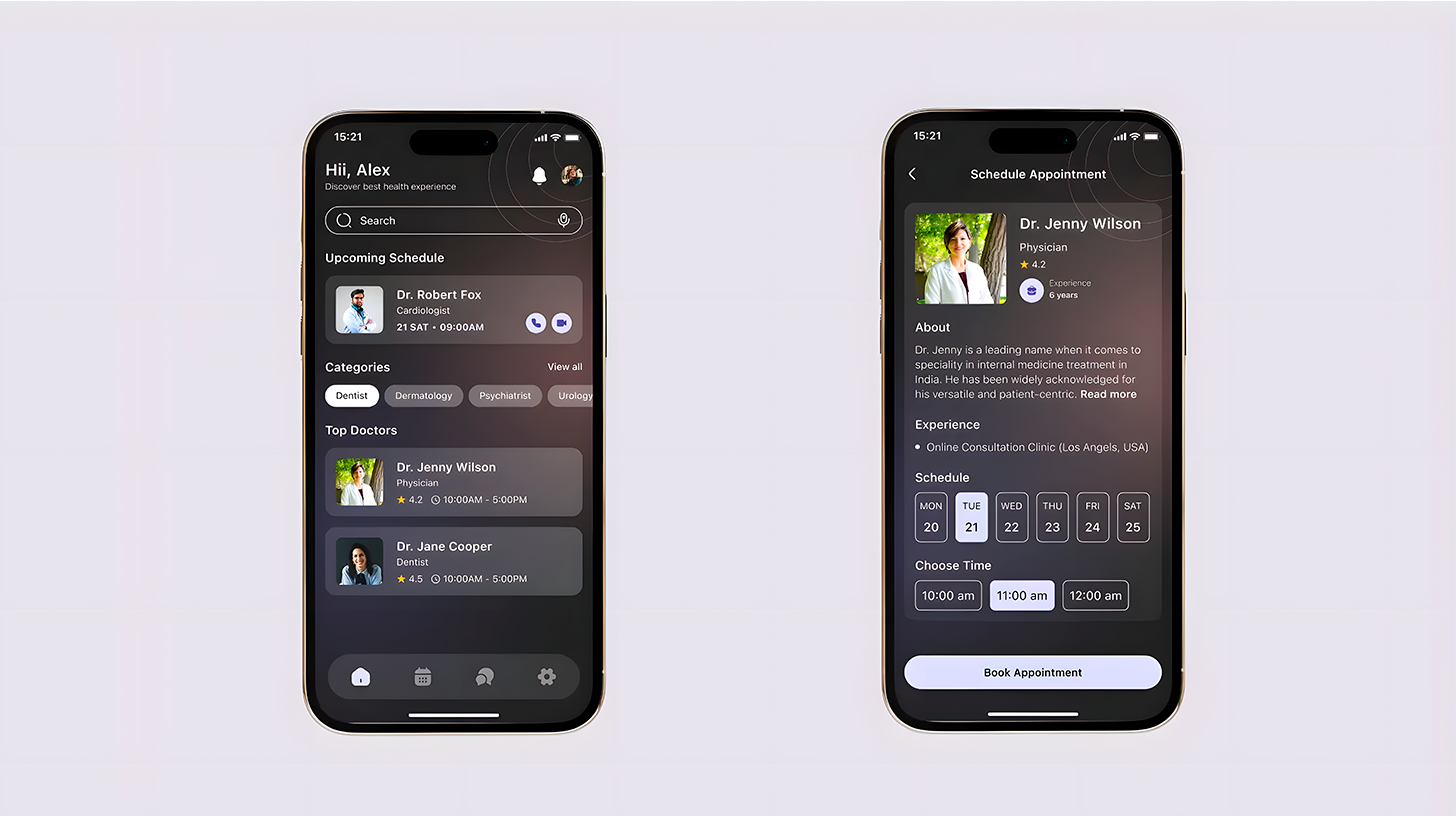Telemedicine has been gaining traction in recent years. Telemedicine apps have become integral to healthcare delivery, providing a platform for virtual consultations, follow-ups, and even remote diagnosis. But what exactly makes a good telemedicine app? Here are some key features and characteristics that every telemedicine app development company should consider.
User-Friendly Interface
A good telemedicine app should have a user-friendly interface that is easy for patients and healthcare providers to navigate. The design should be intuitive, with clear instructions and labels. The less time users spend figuring out how to use the app, the more time they can spend on their health.
Secure and Compliant
Security is paramount in any healthcare application. A good telemedicine app must comply with all relevant regulations, such as the HIPAA in the U.S., to ensure the privacy and security of patient data. It should have robust encryption protocols and security measures to prevent unauthorized access.
High-Quality Video and Audio
High-quality telemedicine app development solutions are crucial for effective virtual consultations. Low video or audio quality can lead to miscommunication or misunderstanding, affecting the quality of care. The app should also have a stable connection to prevent dropped calls or interruptions during consultations.

Appointment Scheduling
A good telemedicine app should make it easy for patients to schedule appointments with providers. It should provide an overview of the doctor’s availability and allow patients to book a suitable time slot. Ideally, the app should also send reminders to patients about their upcoming appointments.
E-Prescriptions and Pharmacy Integration
After a virtual consultation, the healthcare provider may need to prescribe medication. An e-prescription feature allows doctors to send prescriptions to a pharmacy of the patient’s choice. This not only saves time but also reduces the chance of errors.
Electronic Health Records (EHR)
Integration with Electronic Health Records (EHRs) allows healthcare providers to access a patient’s medical history, previous diagnoses, allergies, and other relevant information. This is essential for providing personalized and effective care.
Chat or Messaging Feature
In addition to video consultations, a good telemedicine app should provide a chat or messaging feature for patients and doctors to communicate. This can be useful for follow-up questions or clarifications that only require a partial consultation.
Payment Processing
If the telemedicine service is not free, the app should provide a secure and convenient way for patients to pay for consultations. This could be through credit/debit cards, digital wallets, or other online payment methods.
Multi-Platform Support
The telemedicine app should be accessible on multiple platforms, including iOS, Android, and web browsers. This ensures that all patients can use the service, regardless of their device.
In conclusion, a good telemedicine app should be user-friendly secure, offer high-quality video and audio, provide easy appointment scheduling, include e-prescription and EHR integration, have a chat feature, support secure payments, and be available on multiple platforms. By incorporating these features, telemedicine apps can provide patients and providers with an effective and convenient healthcare solution.

